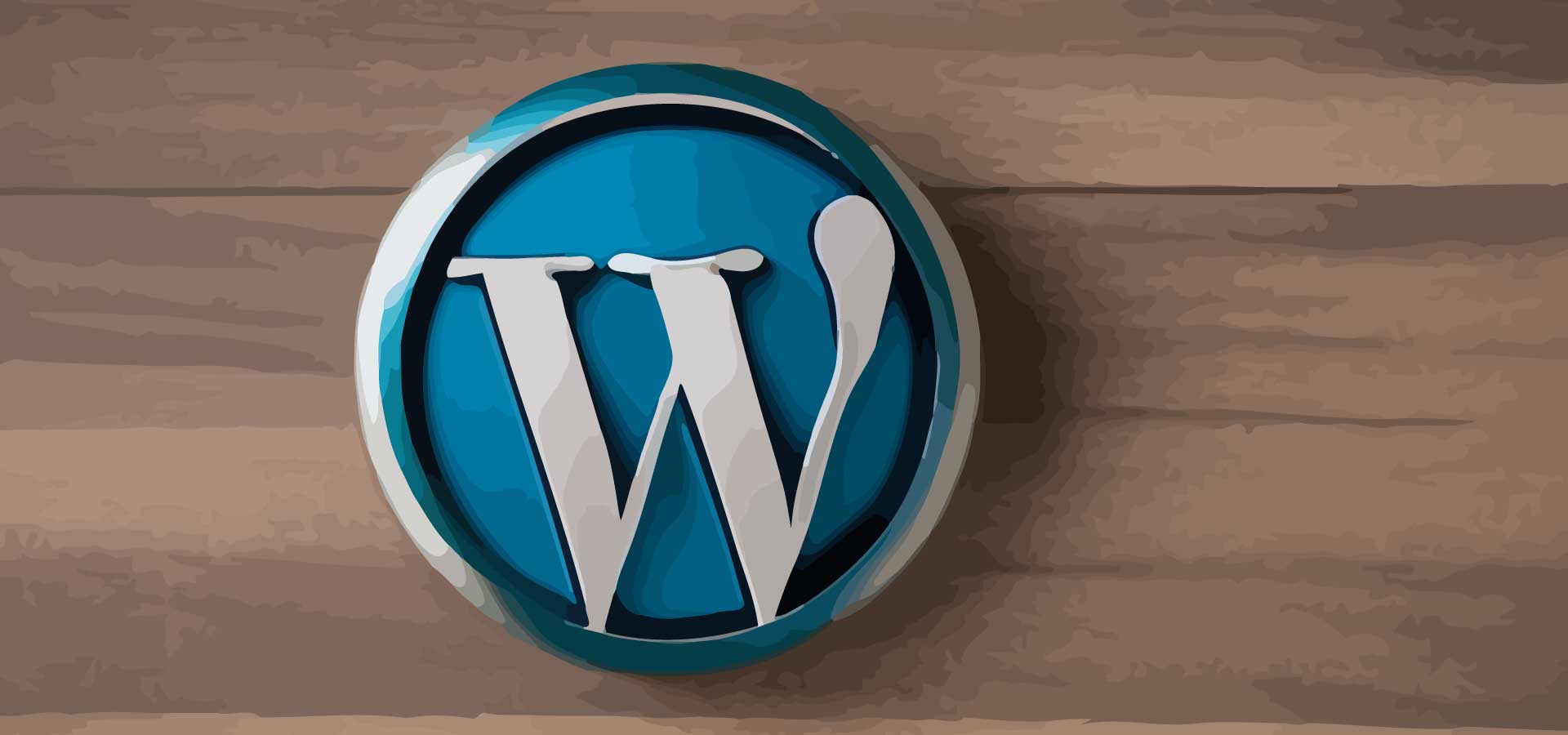10 Essential Tips for Securing Your WordPress Website

10 Essential Tips for Securing Your WordPress Website
WordPress is the most popular content management system in the world, but its popularity makes it a target for hackers. Securing your WordPress website is essential to protect your site from malware, brute-force attacks, and other security threats. In this article, I'll share ten essential tips for securing your WordPress website.
- Use strong passwords
Using strong passwords for your WordPress login and database access is one of the easiest ways to secure your website. Use a combination of letters, numbers, and symbols, and avoid using common phrases or words.
- Keep your WordPress updated
WordPress regularly releases updates that fix security vulnerabilities and other bugs. Keeping your WordPress and its plugins and themes up to date is essential to prevent hackers from exploiting known vulnerabilities.
- Use SSL/TLS encryption
SSL/TLS encryption encrypts data transmitted between the user's browser and your web server, preventing hackers from intercepting and reading the data. Install an SSL certificate and use HTTPS to encrypt all data transmitted on your site.
- Use a security plugin
Security plugins such as Wordfence, iThemes Security, or Sucuri can help protect your site from malware, brute-force attacks, and other security threats. These plugins provide features such as firewall protection, malware scanning, and brute-force protection.
- Limit login attempts
Limiting the number of login attempts can prevent brute-force attacks on your site. Use plugins such as Login Lockdown or Limit Login Attempts to limit the number of login attempts, lockout IP addresses, and receive email notifications of failed login attempts.
- Disable file editing
By default, WordPress allows administrators to edit PHP files in the WordPress editor, which can be a security risk if an unauthorized user gains access to your site. Disable file editing by adding the following line of code to your wp-config.php file:
define('DISALLOW_FILE_EDIT', true);
- Change the default "admin" username
The default WordPress administrator username is "admin," which is easy for hackers to guess. Change the default username to something unique to prevent brute-force attacks. You can create a new administrator account with a unique username and delete the default "admin" account.
- Use two-factor authentication
Two-factor authentication adds an extra layer of security to your WordPress login by requiring a code sent to your email or phone in addition to your password. Use plugins such as Two-Factor or Google Authenticator to enable two-factor authentication on your site.
- Use a web application firewall (WAF)
A web application firewall (WAF) protects your site from hacking attempts and other security threats. Use a WAF such as Cloudflare or Sucuri to protect your site from security threats and monitor your site's traffic.
- Backup your website regularly
Backing up your website regularly is essential to protect your site from data loss due to security breaches, server crashes, or other disasters. Use plugins such as UpdraftPlus or VaultPress to backup your website regularly and store backups on remote servers.
In conclusion, securing your WordPress website is essential to protect your site from malware, brute-force attacks, and other security threats. By using strong passwords, keeping WordPress and its plugins and themes up to date, using SSL/TLS encryption, using a security plugin, limiting login attempts, disabling file editing, changing the default "admin" username, using two-factor authentication, using a web application firewall, and backing up your website regularly, you can secure your WordPress website and protect your site's data and reputation.
